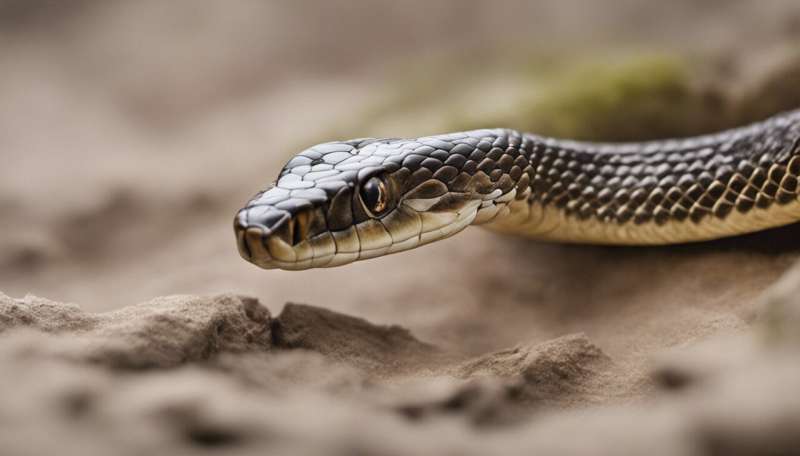What you should do if bitten by a snake

The most dangerous snake you are likely to meet in northern Europe are vipers and grass snakes, which are generally only dangerous to children and dogs.
But elsewhere in the world it is a different case: Up to 150,000 people die each year from snakebites, and around 400,000 receive amputations as a result of a bite. In the majority of cases, inaccessible treatment is to blame, but it can also be due to a lack of knowledge of how to respond when bitten.
The authors behind a new book about some of the worlds most dangerous snakes hopes to address this.
"We describe a treatment method for each type of snake that is classified as dangerous to people. So doctors can look up and see what they can do in the cases that they encounter. In this way, the book should improve treatment options," says co-author and biologist Arne Redsted Rasmussen from the School of Conservation, Denmark.
Slow the venom's spread with two bandages and a stick
It might be obvious, but the thing to do if you are bitten by a venomous snake is to get to a hospital quickly and receive an antidote.
Many people think that the venom kicks in instantly, but it can take between 20 minutes and 72 hours to die if left untreated. In one case, it took up to a month.
But with just a few actions you can delay the process considerably, says Rasmussen, who has studied snakes for 30 years.
You need two bandages and a stick. The method is called the 'pressure immobilization method' and goes like this:
- Wrap one bandage around the bite as you would a sprain. For example, if you are bitten on the wrist the bandage should cover a bit of your arm and down over your hand. This restricts blood flow through capillaries—the smallest blood vessels. "This significantly restricts blood flow so that the venom does not reach the heart or lung muscles so quickly," says Rasmussen.
- Push the stick up through the first strap and secure it to your arm using the second bandage so that you cannot move your arm freely. "This stops you using use the muscles, and thus reduces the flow of blood, which would send the venom into your system, such as the kidneys and the muscles you use to breathe," he says.
Sucking has no effect
Animal trials in the 1980's demonstrated the effectiveness of the above steps, restricting the snake venom for up to 24 hours, says Rasmussen.
"You often see that people do not exhibit symptoms of poisoning when they have strapped up the injury in this way, and when they come into the hospital and take it off, the symptoms begin to appear. It's a very effective way to delay the process," he says, and adds that many cases do not require such extreme treatment.
In the past, it was recommended to add pressure on the bite wound, cut it open, or suck out the venom, but a 2002 study published in the New England Journal of Medicine showed that these methods have no effect.
Snakes only bite when they feel threatened. And even though most of us would probably prefer not to meet a venomous snake, we can easily live side by side, says Rasmussen.
"This is what we hope to communicate with the book: That snakes are a really exciting animal and important for nature. We describe both how you should treat a snakebite, but also how we can live alongside snakes without coming into conflict with them," he says.
Snakes and Humans can live side by side
Rasmussen came across many examples of the co-existence of snakes and people while working on the book. One example is the venomous brown snake—one of the most deadly land snakes in the world, second only to the inland taipan.
One bite can lead to diarrhoea, dizziness, muscle contractions, paralysis, renal failure, and ultimately, cardiac arrest.
"It's been shown that they can get used to humans and that humans can get used to them. In Australia, we've seen cases where people can walk past the snake in their gardens without a reaction," says Rasmussen.
"Normally, you call someone to come and remove the snake and move it elsewhere, but then another snake can quickly come into the garden that is less used to people and therefore is more likely to feel threatened and attack. So removing snakes is not a solution."
Journal information: New England Journal of Medicine
Provided by ScienceNordic
This story is republished courtesy of ScienceNordic, the trusted source for English-language science news from the Nordic countries. Read the original story here.


















